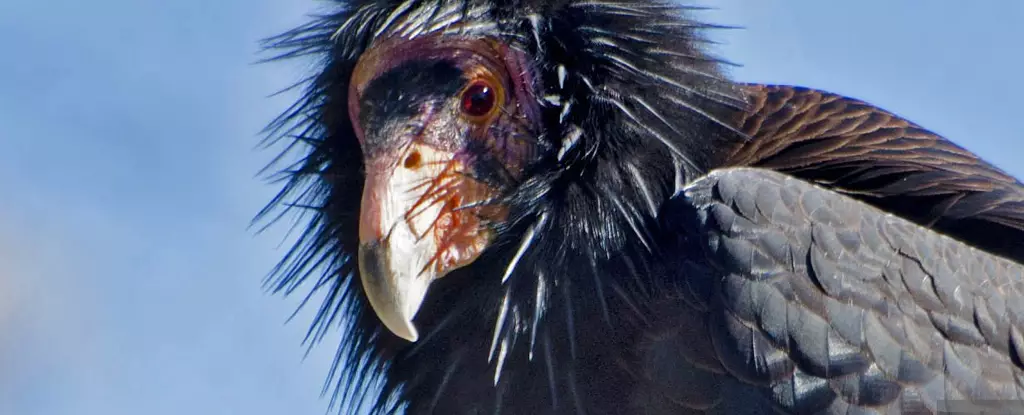The highly pathogenic avian influenza virus H5N1 has spread across all continents except Oceania, leading the United Nations to label it as a “global zoonotic animal pandemic.” This virus has the ability to infect an extensive range of bird species and even some mammals, with migratory waterfowl being especially vulnerable to avian-borne influenza viruses. These infected waterfowl, although asymptomatic carriers themselves, can transmit the virus to other species during their migrations, facilitating the further spread of the disease.
Climate change has played a significant role in the emergence and spread of zoonotic viruses like H5N1. As global climate conditions evolve, the patterns and routes of avian migration also change. Higher temperatures and extreme weather events have resulted in shifts in the populations of various species, leading to the emergence of diseases in new areas and genetic configurations. The evolution of H5N1 viruses since their initial detection in China in 1997 highlights the need for ongoing monitoring and response efforts in the face of changing climate conditions.
Recent reports have indicated that H5N1 is adapting to infect mammalian hosts, with cases documented in dairy cattle, agricultural workers, and even domesticated animals such as goats and alpacas in the United States. The detection of the virus in various mammalian species highlights the need for vigilance in monitoring and controlling its spread beyond avian populations.
The impact of climate change on the spread of H5N1 and other influenza viruses cannot be understated. Changes in environmental conditions can affect the survival and transmission of these viruses, making certain areas more conducive to their spread. Warming winters and earlier springs can create ideal conditions for moisture-dependent pathogens to thrive, while cool and wet conditions can enhance the survival of viruses in bird droppings and contaminated water sources.
Response Strategies and Conservation Efforts
Addressing the threat of H5N1 requires a multi-faceted approach that includes strengthening health care infrastructure, educating communities about the risks of the virus, and promoting sustainable agricultural practices. Improving biosecurity on farms, reducing livestock densities, and enhancing ventilation systems can help minimize the risk of viral transmission among animals. Smart farming technologies can also be utilized to track and monitor viral infections in poultry populations.
Conservation efforts aimed at restoring natural habitats and maintaining healthy ecosystems can also play a crucial role in reducing the risk of viral spillover from wildlife to domestic animals. By addressing the environmental factors that contribute to the spread of zoonotic viruses, we can better protect public health and prevent future outbreaks.
The global spread of H5N1 and its transmission to mammals highlight the complex interplay between infectious diseases, climate change, and biodiversity loss. Continued vigilance in monitoring and responding to emerging viruses like H5N1 is essential to safeguard both human health and the health of our planet. International collaboration and proactive disease management strategies will be key in adapting to the challenges posed by climate change and preventing the spread of zoonotic viruses in the future.


Leave a Reply